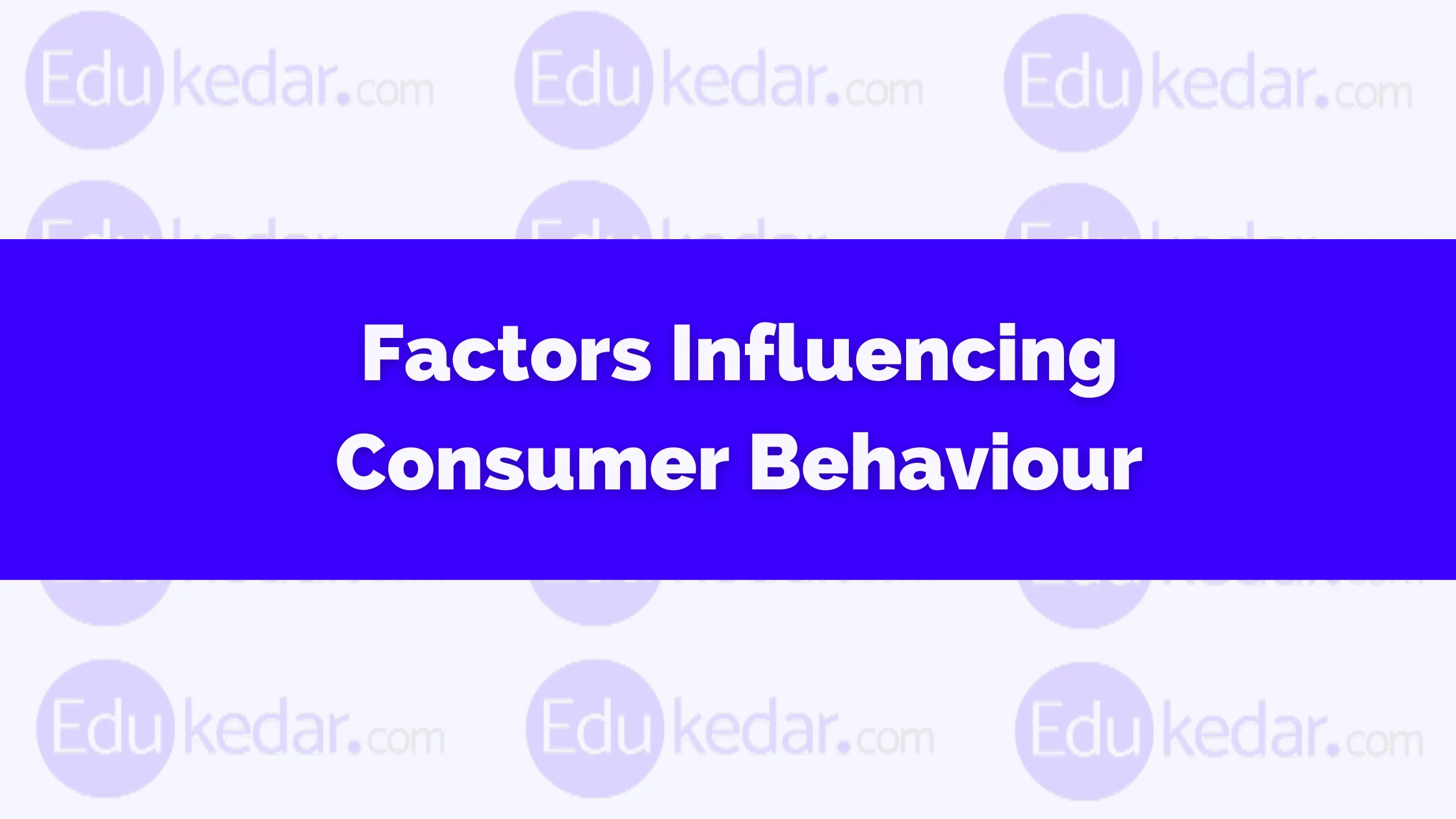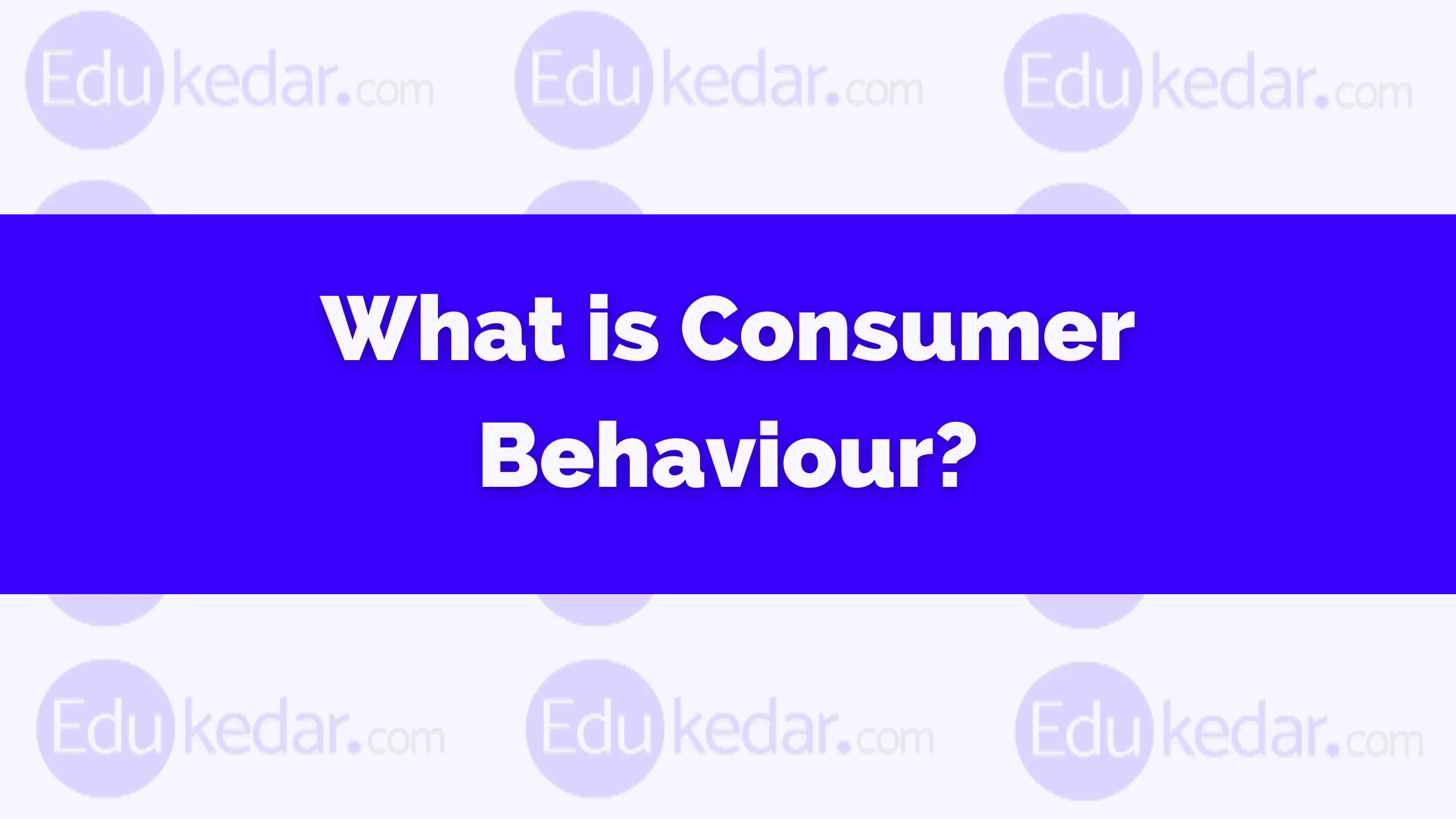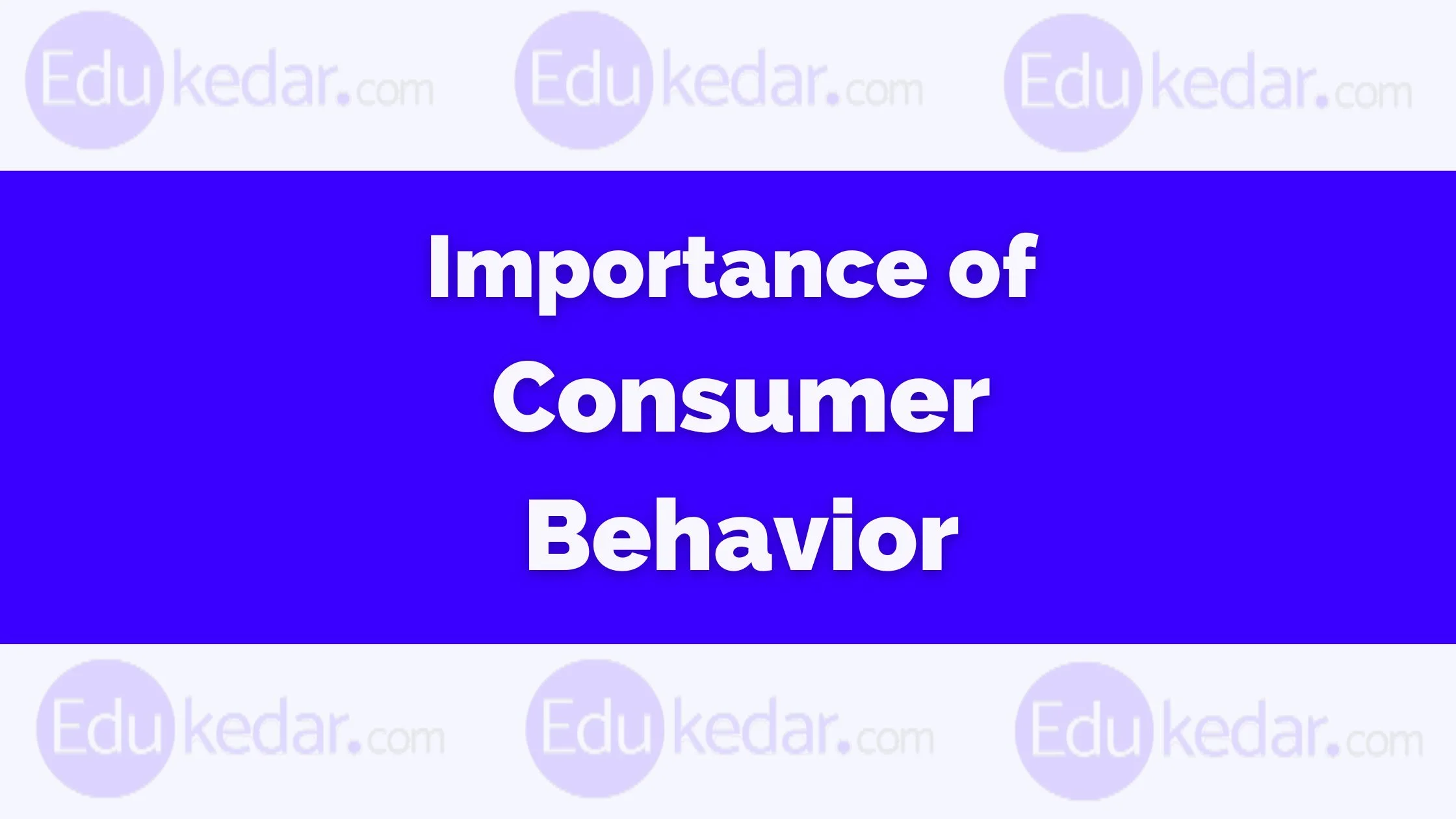Home Blog
Factors Influencing Consumer Behaviour
Understanding and leveraging factors influencing Consumer Behaviour enables businesses to tailor their marketing strategies effectively, resonating with their target audience and driving consumer engagement...
What is Consumer Behaviour?
Consumer Behaviour is the study of how individual customers, groups, or organizations select, buy use, and dispose of ideas, goods, and services to satisfy...
What is Pharmacognosy?
Pharmacognosy is the study of medicines derived from natural sources. Here we have shared what is Pharmacognosy and its importance.
What is Pharmacognosy?
Pharmacognosy is the...
What is Market Segmentation?
Market Segmentation is a marketing term that refers to aggregating prospective buyers into segments or groups with common needs and who respond similarly to...
Importance of Consumer Behavior
Today we have shared the importance of consumer behavior for the success of the business.
Importance of Consumer Behavior
Consumer behavior is a critical aspect of...
Essay on Community Service
Here we have shared the Essay on Community Service in detail so you can use it in your exam or assignment of 150, 300,...
Essay on Plagiarism
Here we have shared the Essay on Plagiarism in detail so you can use it in your exam or assignment of 150, 300, 500,...
Essay on Bullying
Here we have shared the Essay on Bullying in detail so you can use it in your exam or assignment of 150, 300, 500,...
Essay on Abortion
Here we have shared the Essay on Abortion in detail so you can use it in your exam or assignment of 150, 300, 500,...
Essay on Unemployment
Here we have shared the Essay on Unemployment in detail so you can use it in your exam or assignment of 150, 300, 500,...











